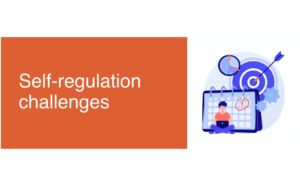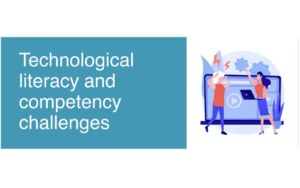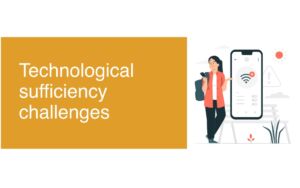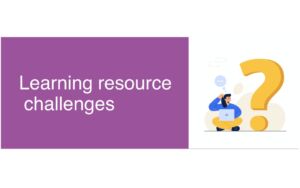Given today’s uncertainties, it is vital to gain a nuanced understanding of students’ online learning experience.
To make sure that all the effort will bring the best results, educators should take into account the challenges of eLearning so that they can alter the learning process to fit the learner.
Here are the 37 most common challenges of online learning for students in the Philippines you should be aware of.
- Delaying tasks related to studies so that they are either not fully completed by their deadline or had to be rushed to be completed.
- Failure to get appropriate help during online classes.
- Lack the ability to control one’s thoughts, emotions, and actions during online classes.
- Having limited preparation before an online class.
- Having poor time management skills during online classes.
- Failure to properly use online peer learning strategies (i.e., learning from one another to better facilitate learning such as peer tutoring, group discussion, and peer feedback).
Solutions: Time management, Concentration and focus, Self-discipline, Help-seeking, Gilbert’s Behavioral Engineering Model
- Lacking competence and proficiency in using various interfaces or systems that allow control of computer or another system for studying.
- Resistant toward learning technology.
- Distracted by an overly complex technology.
- Having difficulties in learning a new technology.
- Lacking the ability to effectively use technology to facilitate learning.
- Lacking knowledge and training in the use of technology.
- Intimidated by the technologies used for learning.
- Resistant and/or confused when getting appropriate help during online classes.
- Having a poor understanding of directions and expectations during online learning.
- Perceiving technology as a barrier to getting help from others during online classes.
Solutions: Technical aptitude enhancement, Resource management & utilization, Help-seeking
- Feeling emotionally disconnected or isolated during online classes.
- Feeling disinterested during online class.
- Feeling uneasy and uncomfortable in using video projection, microphones, and speakers.
- Feeling uncomfortable being the center of attention during online classes.
Solutions: Psychosocial support, Relaxation and recreation, Self-belief, Adaptation, ARCS Motivation Model
- Having insufficient access to learning technology.
- Experiencing inequalities with regard to access to and use of technologies during online classes because of my socioeconomic, physical, and psychological condition.
- Having outdated technology.
- Not having Internet access during online classes.
- Having low bandwidth and slow processing speeds.
- Experiencing technical difficulties in completing my assignments.
Solutions: Help-seeking, Resource management & utilization, Optimism, Time management
- Distracted by the complexity of the technology during online classes.
- Experiencing difficulties in using complex technology.
- Experiencing difficulties when using longer videos for learning.
Solutions: Technical aptitude enhancement, Resource management & utilization, Help-seeking, Adaptation
- Having insufficient access to library resources.
- Having insufficient access to laboratory equipment and materials.
- Having limited access to textbooks, worksheets, and other instructional materials
- Experiencing financial challenges when accessing learning resources and technology.
Solutions: Help-seeking, Adaptation, Resource management & utilization
- Experiencing online distractions such as social media during online classes.
- Experiencing distractions at home as a learning environment.
- Having difficulties in selecting the best time and area for learning at home.
- Home set-up limits the completion of certain requirements for subject (e.g., laboratory and physical activities).
Solutions: Concentration and focus, Adaptation, Learning environment control, Help-seeking
Conclusion
If you are aware of these challenges outlined in this guide, you can have the insight for improving the eLearning performance of your learners.
Maybe you know of some challenges that I didn’t include? I’m always interested in hearing your thoughts, so don’t be shy, leave a comment, and let me know what you think.









